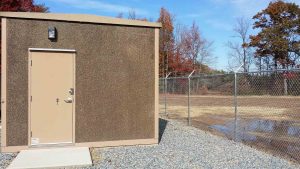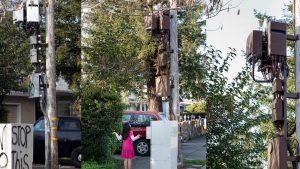Multimode optical fiber continues to be the more cost-effective choice over single-mode optical fiber for shorter reach applications. While the actual cost of multimode cable is greater than that of single-mode fiber optic cable, it is the optics that dominates the total cost of a network system, dwarfing variation in cable costs.
On average, single-mode transceivers continue to cost from 1.5 to 4 – 5 times more than multimode transceivers, depending on data rate. As faster optoelectronic technology matures and volumes increase, prices come down for both, and the cost gap between multimode and single-mode decreases.
However, single-mode optics have always been more expensive than their equivalent multimode counterparts. This fact is supported by the difference in multimode vs. single-mode 10G optics, a common Ethernet speed used today.
Multimode transceivers also consume less power than single-mode transceivers, an important consideration especially when assessing the cost of powering and cooling a data center. In a large data center with thousands of links, a multimode solution can provide substantial cost savings, from both a transceiver and power/cooling perspective.
Finally, the fact that multimode optical fiber is easier to install and terminate in the field is an important consideration for enterprise environments, with their frequent moves, adds and changes.
Multimode and Single-Mode – What’s the Difference?
The way in which these two fiber types transmit light eventually led to their separate names. Generally designed for systems of moderate to long distance (e.g., metro, access and long-haul networks), single-mode optical fibers have a small core size (< 10 μm) that permits only one mode or ray of light to be transmitted.
This tiny core requires precision alignment to inject light from the transceiver into the core, significantly driving up transceiver costs.
By comparison, multimode optical fibers have larger cores that guide many modes simultaneously. The larger core makes it much easier to capture light from a transceiver, allowing source costs to be controlled. Similarly, multimode connectors cost less than single-mode connectors as a result of the more stringent alignment requirements of single-mode optical fiber.
Single-mode connections require greater care and skill to terminate, which is why components are often pre-terminated at the factory. On the other hand, multimode connections can be easily performed in the field, offering installation flexibility, cost savings and peace of mind.
For these reasons, multimode optical fiber systems continue to be the most cost effective fiber choice for enterprise and data center applications up to 500 – 600 meter range. Beyond the reach of multimode optical fibers, it becomes necessary to use single-mode optical fiber.
However, when assessing single-mode optical fibers, be sure to consider newer options. A bend-insensitive, full-spectrum single-mode optical fiber provides more transceiver options, greater bandwidth and is less sensitive to handling of the cables and patch cords than is conventional single-mode optical fiber.










